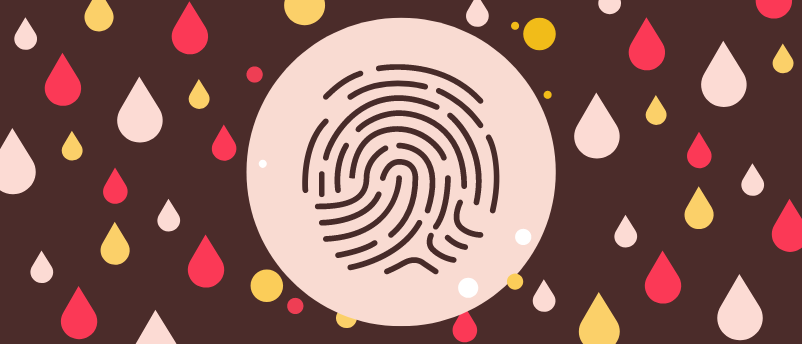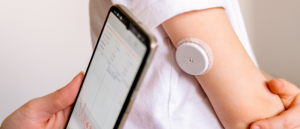
BioTechniques News
Aisha Al-Janabi

Scientists can now detect antipsychotic drugs in individuals from their fingertip sweat.
Researchers at the University of Surrey (UK) have developed a fast, non-invasive test for monitoring individuals on antipsychotic drugs utilizing sweat collected from their fingertips. This test offers an alternative to blood tests, which are time consuming and painful. Monitoring antipsychotics is essential, so the easier and quicker it can be done, the better.
Antipsychotics are a class of psychiatric medication used to relieve psychotic symptoms of schizophrenia, bipolar disorder, severe depression and personality disorder, among other conditions. These are powerful drugs with significant side effects, making regular monitoring imperative to the wellbeing of those prescribed them.
Previous studies have found that other drugs can be detected in fingertip sweat, so the researchers decided to test whether antipsychotics – such as clozapine, quetiapine and olanzapine – can be detected. The team collected finger sweat samples from 60 individuals taking one of these three antipsychotic drugs and 30 negative controls. They also collected blood samples from 11 individuals taking clozapine in order to compare test indicators. In addition to these samples, the researchers recorded information from participants like dosage and time of most recent dose.
All participants in the study pressed their fingertips against a porous paper for 30 seconds before and after washing their hands. These sweat samples were analyzed using liquid chromatography–mass spectrometry. Furthermore, the researchers performed the sweat test on individuals who were not taking an antipsychotic, but who had handled whole and crushed pills.
 Novel device for diabetes management
Novel device for diabetes management
A new transistor-based sensor measures glucose in saliva, providing a novel option for the management of diabetes.
The study demonstrated that the fingertip sweat test could successfully distinguish between samples taken from individuals on antipsychotic medication and samples from individuals who had been handling the drugs only. Additionally, this test accurately detected antipsychotics in samples from individuals taking these drugs. When comparing the sweat test to the blood test in 11 individuals, they found that the amount of clozapine in the sweat test correlated with the amount in the blood test, indicating the sweat test’s potential for quantifying antipsychotic drugs in addition to simply detecting them.
Although the sweat test was most effective at detecting clozapine, it also consistently detected quetiapine in the small group of individuals in this study who were taking this antipsychotic. The test was least effective at detecting olanzapine, although it still managed to detect olanzapine in at least one fingerprint collected prior to washing hands in all individuals taking it.
The results indicated that the efficacy of the test was not dependent on whether or not peoples’ hands had been washed. Removing the handwashing step only expedites this already quick test for antipsychotic drug detection.
The next step is to develop this test further to be able to quantify the drug level in a fingerprint. Corresponding author Melanie Bailey concludes, “we are also very interested to see whether fingerprints can be used to diagnose disease – for example from the metabolites that are deposited in a fingerprint sample.”
The post Keeping a finger on the pulse of antipsychotic drug detection appeared first on BioTechniques.
Powered by WPeMatico
